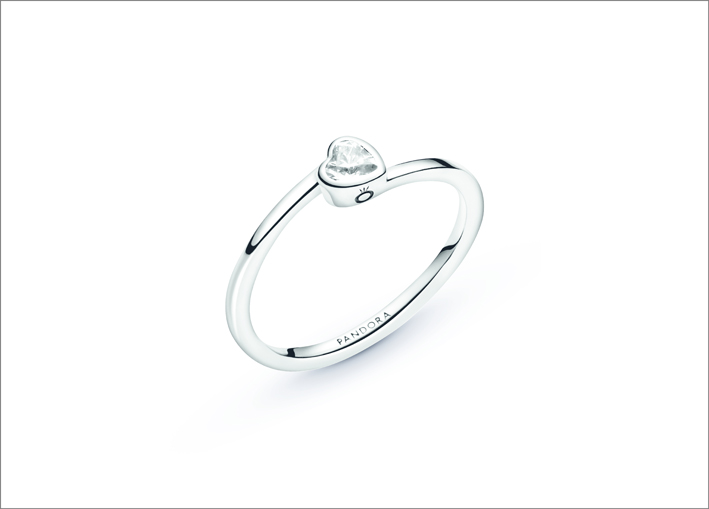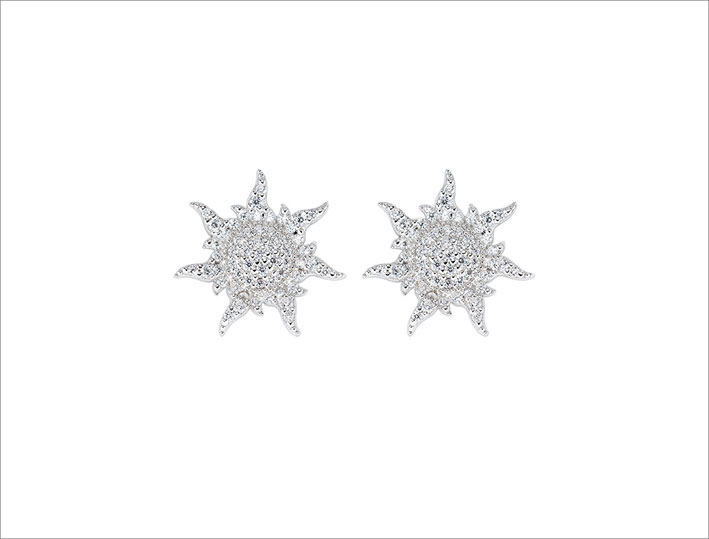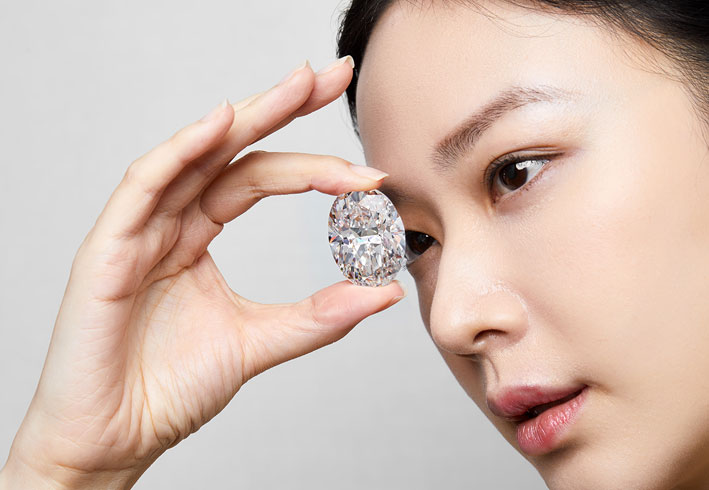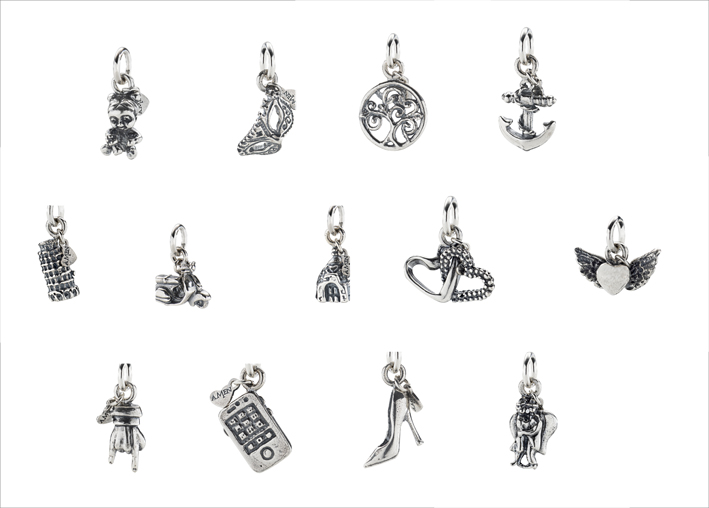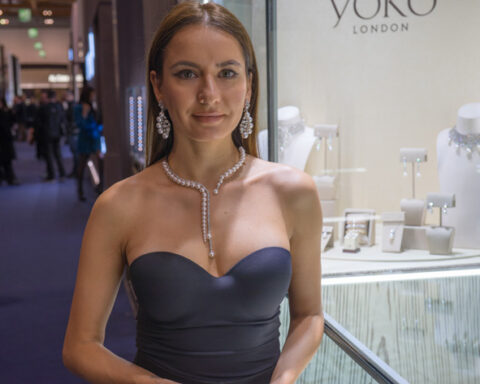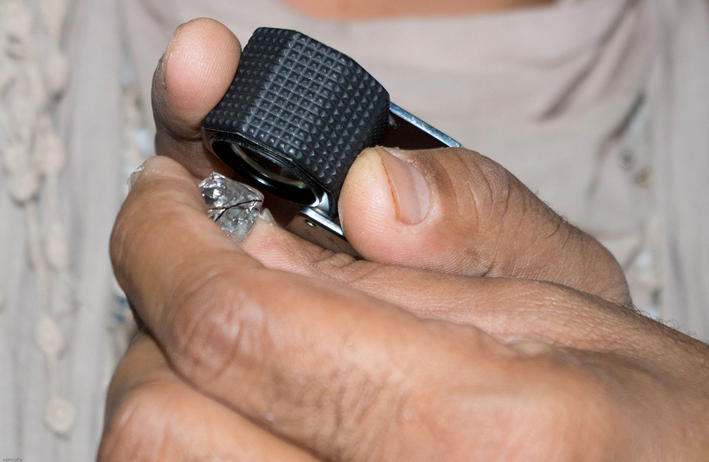Cubic zirconia: This stone is often used in jewelry. But few know what cubic zirconia really is. For example, what is a cubic zirconia made of? Is it very different from a diamond? What are the differences? The answers are known to (almost everyone) those who deal with jewelry. But, if you are reading this article, it is because you want to know exactly what are the characteristics of a cubic zirconia that, perhaps, is mounted on a ring or a pair of earrings that you are wearing.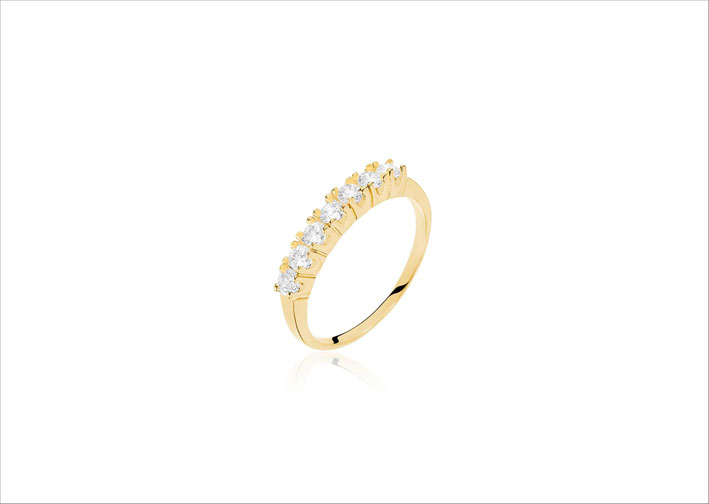
Beware of the definition
Before explaining what a cubic zirconia really is, we need to clear up a misunderstanding. Often jewelry companies offer rings, necklaces, earrings or bracelets “with zircons”. Well, know that in 99.9% of cases it is not true. In fact, zircon is a rather rare and expensive natural stone (read also: Diamonds or cubic zirconia?). A cubic zirconia, on the other hand, is an artificial stone. So, be careful when you read that a piece of jewelry is composed of cubic zirconia, it is probably not true. Pay attention to it: those who use this marketing ploy propose fake “zircons” with metals such as steel or silver, hardly with 18-karat gold. By the way, sometimes cubic zirconia is denoted only by the abbreviation used in chemistry, CZ.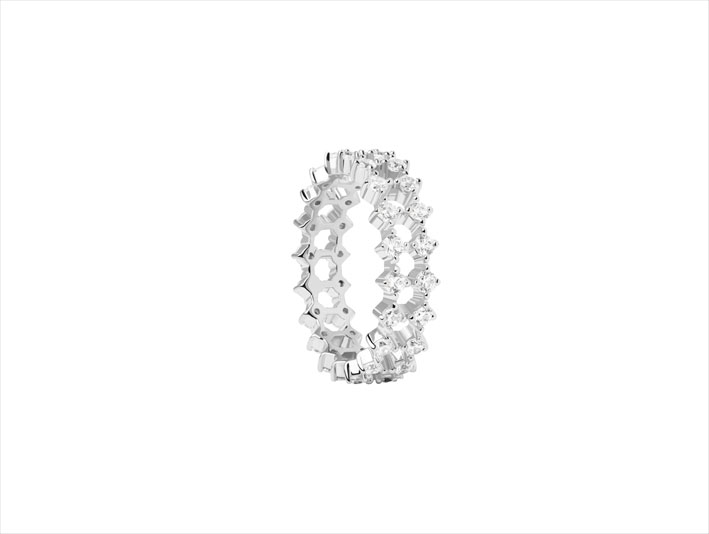
What is a cubic zirconia?
In short, the answer is: it is (almost always) an artificial stone, produced in a factory. Although it looks like a diamond in appearance, a cubic zirconia is composed of zirconium dioxide and not carbon like natural gemstones. In fact, microscopic grains of natural cubic zirconia have been identified in nature: they are certainly not those commonly used in jewelry.
What is the difference with laboratory diamonds?
As we have explained, cubic zirconia is made up of zirconium dioxide. Man-made, lab-created diamonds are composed of carbon, like diamonds found in nature. To learn more, read also: What are laboratory diamonds?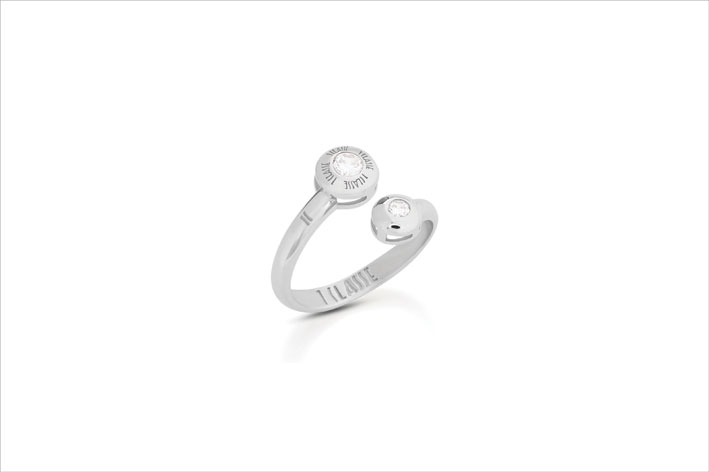
What are the characteristics of a cubic zirconia?
The main feature, which is the key to the success of cubic zirconia, is the resemblance to the diamond. But it doesn’t have the same properties. For example, if you look at the bottom surface of a diamond, you can see a rainbow reflection. Cubic zirconia, on the other hand, is limited to an orange and blue reflection due to a different refractive index. When exposed to short wave UV rays a cubic zirconia emits a fluorescence that tends to yellow, greenish yellow or beige. Another feature concerns the hardness. Cubic zirconia is at 8-8.5 on the Mohs scale, so it is a little harder than most natural semi-precious gems, although less than diamond, which is at 10. Yet cubic zirconia is considered brittle, yes breaks easily.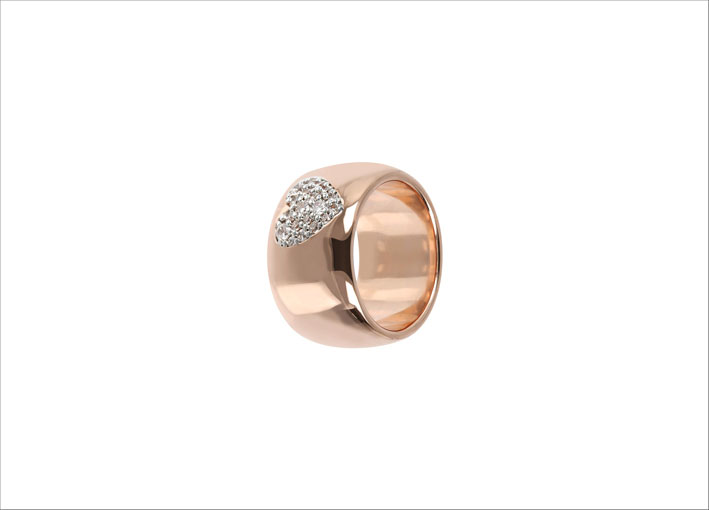
How is cubic zirconia produced?
The most used method is the one called skull fusion. No one is beheaded: it is named for the shape of the crucible used which resembles a skull, surrounded by radio-frequency activated copper coils. It is a system patented by Josep F. Wenckus in 1997: it consists in heating the base material to temperatures of over 3000 degrees. With this method, however, it is difficult to predict the size of the crystals produced and the crystallization process cannot be controlled. To improve the result, several techniques have been introduced, including coating the finished cubic zirconia with a carbon film, similar to diamond, with a process that uses chemical vapor deposition. Or someone vacuum sprays an extremely thin layer of a precious metal (such as gold), which creates an iridescent effect. However, the effect is not lasting. The commercial production of cubic zirconia began in 1976. But it is not the only artificial stone to be used in place of diamonds. In fact, synthetic moissanite, with similar characteristics, has recently become widespread.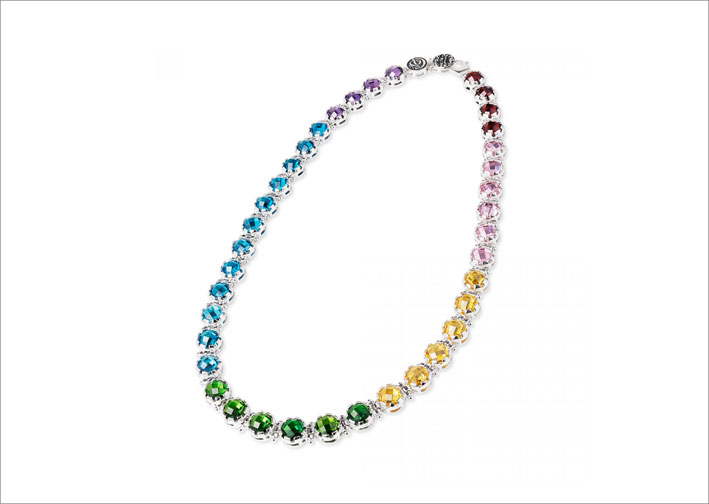
How is it different from a diamond?
An expert gemologist can immediately discover the difference between a cobic zirconia and a diamond. For one thing, an artificial stone has no inclusions in it, as often happens with a natural gem. Furthermore, cubic zirconia weighs much more than diamond. It has a density that is approximately 1.7 times that of the natural gem. It is therefore sufficient to compare the weight of two stones of the same size. If you drop the stones in a liquid and compare the descent times you will see that the diamond will sink more slowly than a cubic zirconia, because it is lighter. The refractive index is also different: cubic zirconia has it of 2.15-2.18, compared to 2.42 of the natural gem. Paradoxically, moreover, cubic zirconia is more perfect than a diamond: only very rare natural gems are truly colorless (with a classification D). Most diamonds have a slight tinge of yellow or brown. A cubic zirconia is often completely colorless – equivalent to a diamond’s D. However, there is also colored cubic zirconia.